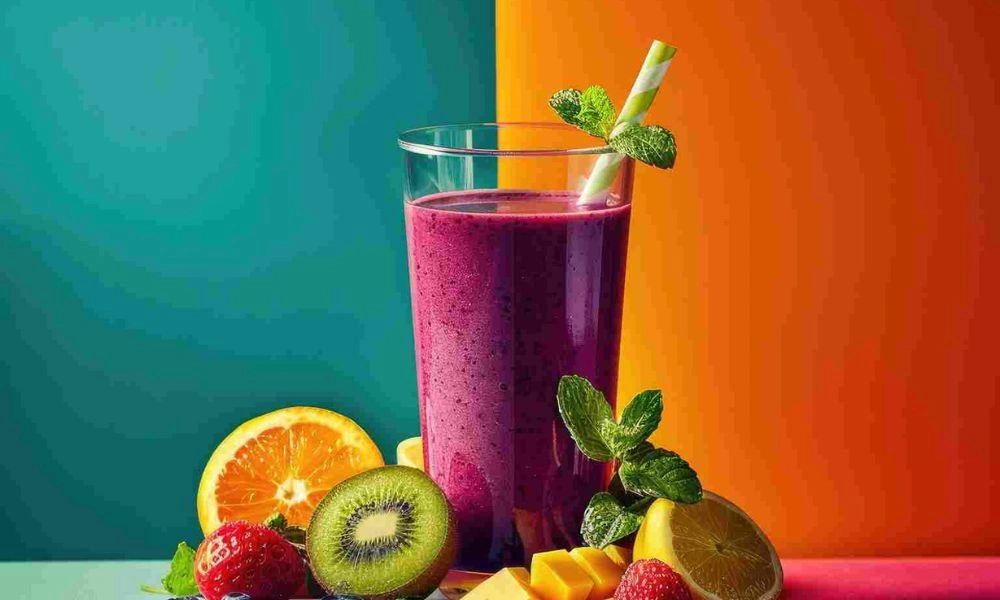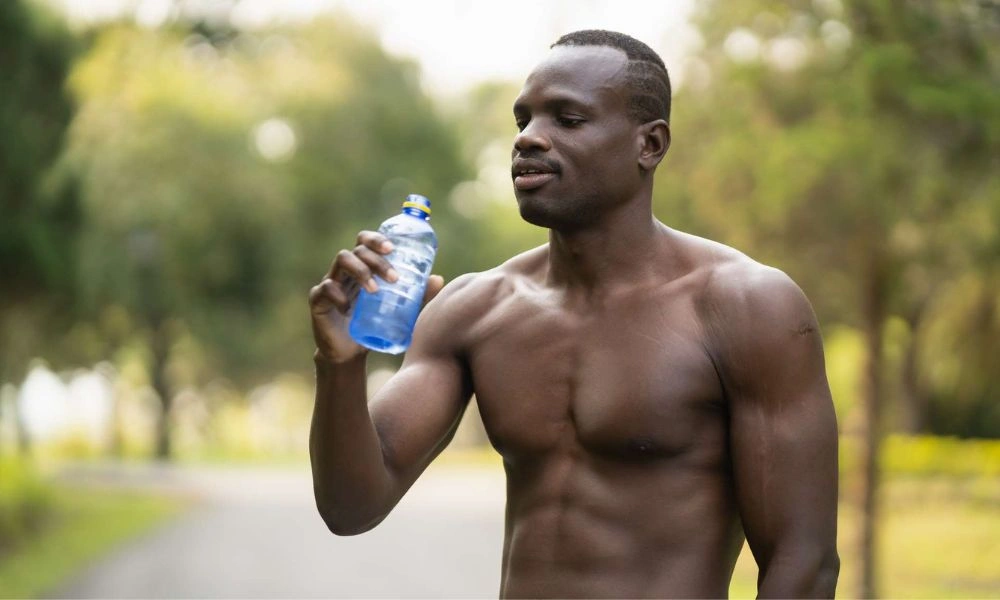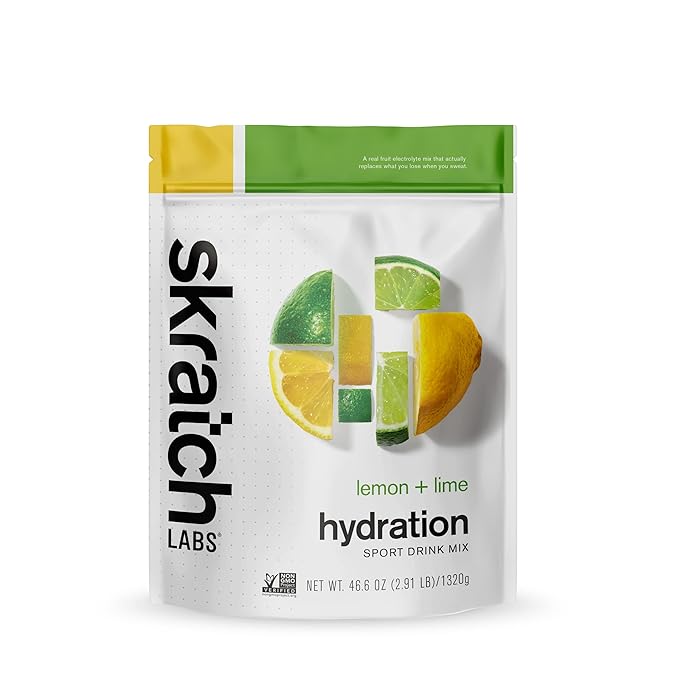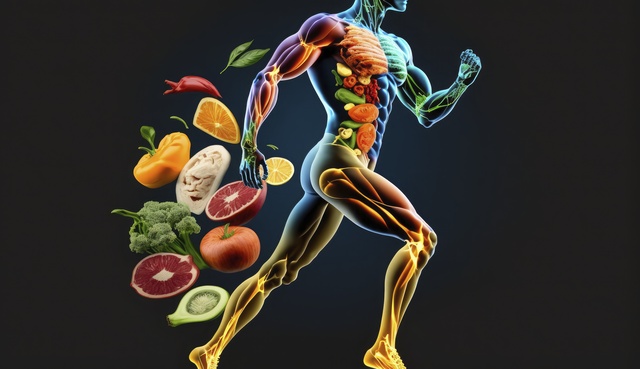Sports nutrition has long been part of athletes’ lives.
If sports nutrition had previously been the prerogative of cyclists or skiers, who overcame distances that were crazy in duration and intensity, then runners started thinking about sports nutrition with the emergence.
Such products are especially relevant for athletes participating in major races. While running 5-10 kilometers without special fuel for the body is possible, running a half-marathon or marathon is no longer easy. Many have heard stories from foreign and domestic colleagues who have run abroad about the existence of gels and drinks that give strength and speed in marathons.
Ultra-runners, who claim that running a distance of 6 hours or more is, in principle, impossible without sports nutrition, added urgency to the issue. So, is this a myth or the truth? It’s time to define sports nutrition and understand why runners need it.
Table of Contents
What is Sports Nutrition?

Sports nutrition, or sports nutrition for short, is artificial food additives that, in concentrated form, contain many microelements, minerals, and biologically active substances necessary for the athlete’s body.
Sports nutrition is convenient for replenishing energy and nutrients quickly during long training sessions and competitions. It is mainly presented in gels, bars, and isotonic drinks. All of them are substitutes for natural food and consist of particular biologically active substances and minerals.
Depending on the time of administration, sports nutrition is divided into:
- Used before exercise.
- Consumed during sports.
- Consumed after sports.
Each type has its function and differs in the active substances and nutrient content.
For example, while running, you need to eat food with a high carbohydrate content. Focus on these time indicators when choosing sports nutrition.
When Should a Runner Use Sports Nutrition?
First, you need to understand why sports nutrition is necessary. It is a fast and high-quality energy restorer. We eat at least three times a day in a regular daily routine, and this is without much physical stress. Now imagine a race of 20 hours or more.
A runner expends a colossal amount of energy, which is vitally necessary to replenish. Sports nutrition is a more effective replacement for regular food. Without sports nutrition, an athlete must carry a lot of food to recover.
In the old days, athletes ran no less distances than they do now without having a massive supply of food or sports nutrition. But this is not right and rather unsafe for the body, and today, even the most experienced athletes admit this.
Glycogen is the main source of energy when running. The human body is capable of storing it in reserve. The longer a person plays sports, the better his body’s characteristics become.
The ability to store glycogen also increases over time. But more than this skill will be needed for a long running distance – only some types of sports running allow you to limit yourself only to your resources.
For example, during a classic multi-hour marathon, a runner will experience a breakdown after the race’s first hour.
If energy reserves are not replenished, then the following hours of the race will become real self-torment – the athlete’s strength will leave him, and fatigue will quickly accumulate.
Therefore, the body needs nourishment. Taking a whole set of food to a long training session or competition is impractical, so sports nutrition is ideal for special occasions.
Thus, sports nutrition is necessary:
- Athletes of cyclic sports.
- For lovers of long hikes, trekking, and other outdoor activities.
- For fans of extreme sports.
- For lovers of active, long-term sports games.
Sports nutrition is needed by athletes whose physical activity lasts more than an hour, regardless of the type of sport, and will continue for at least another half hour.
If the workout takes at most 1.5 hours, there is no urgent need for such nutrition.
However, it is important to understand that this applies to intensive training. You do not need to eat bars or wash down every training session with an isotonic drink.
Many athletes deliberately do not use sports nutrition during short or low-intensity training sessions to provoke the body to accumulate glycogen. However, gels, bars, and isotonic will be manageable during final training and challenging competitions.
They are necessary to assess whether specific compositions are suitable for your body and how best to use them.
Key Ingredients of Sports Nutrition

All gels contain identical substances, such as maltodextrin, which helps replenish energy, gels from different manufacturers differ significantly in their overall composition.
Manufacturers combine ingredients, remove or, conversely, include some additional substances. Some gels contain specific extracts, such as guarana extract.
It is advisable to have a good understanding of the composition of sports nutrition to know your body’s characteristics, because it is far from certain that any gel or isotonic will suit you.
You should try sports nutrition before the competition and choose the one that suits you best. This will determine whether you finish or drop out of the race.
How Should a Runner Consume Sports Nutrition?
Many people ask how long after the start of a marathon or long race they should start consuming sports nutrition. Oddly enough, experts disagree on this issue.
Some believe that sports nutrition can be consumed after 20 minutes of the race, while others are inclined to 30-40 minutes after the start.
Some professional runners take gels every 20 minutes during the race, while others, on the contrary, can delay eating to gain the coveted seconds on the distance.
During very long races, athletes use both gels and bars. Still, at a 20-hour distance, the body needs solid food.
You can choose suitable sports nutrition for yourself, but it may fail at the competition itself for some unknown reason. Competition is always different from even the most intense workout, so be prepared that something will go wrong and your usual sports nutrition will not suit you.
For such cases, take with you several different gels with different compositions. Remember that the longer you wait to eat, the faster your energy goes away.
What Are Sports Gels and How to Use Them?
Gels are a cross between isotonic and bars. Compared to isotonic drinks, gels contain more nutrients for the same volume, but gels do not need to be chewed like bars.
Sports gels are based on carbohydrates – fructose, glucose, or maltodextrin. Thanks to carbohydrates, marathons are run – competitions where endurance is necessary.
In addition to carbohydrates, gels contain other substances necessary for athletes – electrolytes (potassium and sodium salts), caffeine, taurine, vitamins, and extracts.
General recommendations for taking the gel are as follows:
- The first tube of gel for a long distance should be consumed 30-40 minutes after the start of the competition.
- The second and all subsequent ones, then every 30-40 minutes.
- For particularly long races, it is recommended to alternate gels with bars – two gels, then one bar, and so on.
Do You Need to Wash Down Sports Gels?
The answer is clear – yes. Despite the claims of some manufacturers about the absence of the need to wash down gels, it is necessary to do so.
Failure to do so can worsen dehydration during the race since the body needs water to convert carbohydrates into energy. In addition, after the gel, a sweet taste remains in the mouth, which can cause serious discomfort to the runner.
To wash it down, you need an average of 100-200 ml of water or an isotonic drink.
Washing down sports gels with regular water or isotonic drinks is better. You should not drink sports energy drinks with the gel. Otherwise, the concentration of carbohydrates will be too high, which can lead to an upset stomach.
Why Do You Need Caffeine Gels?
Gels with caffeine and other robust additives can make you a real sprinter – your energy will be in full swing. However, it is important to understand that such gels are not for regular use. You cannot take them every 30-40 minutes after the start of the race, as this will greatly increase the load on your heart.
Gels containing caffeine should be consumed a limited number of times—for example, before a competition to ensure a good start, or at the moment of the race when you feel exhausted and unmotivated to continue the race.
They are necessary on ultra-trails when athletes are pushed to the limit of their capabilities and cover many kilometers of distance. At such moments, when you no longer have the strength to continue the race, you need a powerful boost of energy and vigor, which a caffeine gel can provide.
Not all specialists and athletes have a positive attitude towards such gels. Many categorically do not take them, pointing out the serious consequences for the functioning of the body in case of overdose. Therefore, only you can decide for yourself whether to use caffeine gels or not.
Packaging for Sports Nutrition
Since sports nutrition is consumed directly during the race, manufacturers make the packaging as convenient. Many produce gels in tubes.
This reasonably convenient option allows you to take one meal several times. Tubes are also convenient from a storage point of view – they do not leak after opening, allowing you to keep the contents intact and your clothes clean.
There are sports gels “for one time.” They are released in disposable packaging. Such gels are easy to open on the run, even with your teeth, and they quickly eat the contents and put away the tube.
At the same time, it is worth checking whether a little gel is left in the package so the remaining gel does not remain on your uniform. Sports gels have a reasonably sticky texture, which will be very unpleasant.
The gel packaging with a screw cap is also very convenient. It will allow you to feed several times without the risk of gel leakage. After use, the packaging will take up little space and be almost flat. The disadvantage of such gels is that they take up more space and have hard lids.
An important point is the security seals or rings on packages with a cap. Open them before the race starts because it will be very awkward to open them during the process and take extra time.
This is exceptionally inconvenient when running in cold weather or at high altitudes—your fingers freeze, and you cannot open the cap.
And I would like to say a few words about the packaging used. Don’t throw them away on the street, please!) Think about nature and the terrible pollution of the planet.
Let your race carry only positive motives.

What Are Isotonics?
Isotonics are an equally important type of sports nutrition for cyclic sports. They replenish the balance of electrolytes and essential salts, actively removed from the body along with sweat, and help restore energy and quench thirst.
“But what about plain water?” you ask. Plain water also does an excellent job of hydrating the body. Still, unfortunately, water alone will not be able to effectively replenish the microelements lost by the body during a long workout or competition.
Isotonic drinks contain quickly digestible carbohydrates like fructose, sucrose, glucose, and maltodextrin. They also contain vitamins and microelements: B1, B6, B12, PP, potassium, sodium, and magnesium.
To diversify and improve the quality of taste, dyes, flavors, and an acidity regulator are added to increase shelf life. Naturally, long training sessions and intensive long runs are absolute indications of the use of isotonic. Professional runners and knowledgeable amateurs can only do with them.
Differences Between Isotonic and Energy Drinks
Sports energy drinks are similar in composition to isotonic drinks. In addition to water, they contain identical sucrose with glucose, vitamins, flavorings, and an acidity regulator.
Caffeine, guarana, taurine, and several other elements are also added to energy drinks (that is why the drink is called energy). These drinks differ not only in the presence of caffeine in energy drinks but also in calorie content.
A typical energy drink has twice times many calories as an isotonic drink since the composition contains two times much sucrose and glucose. As a result, the amount of carbohydrates also increases.
The Effect of Isotonic and Energy Drinks on the Runner’s Body
Isotonics and energy drinks help replenish the body with life-giving moisture. They also prevent dehydration, a dangerous condition that can lead to irreparable consequences during training and races.
With moderate and light loads of up to 40-60 minutes, the body only needs water to replenish its strength. However, more than water is needed with prolonged stress during training and competitions. “Fast” carbohydrates, which form the basis of energy and sports drinks, quickly restore lost strength. Glucose and fructose are easily processed and provide energy to a tired body.
The UK National Centre for Biotechnology Information has conducted several studies on the impact of “fast” carbohydrates on an athlete’s body. Suppose you take not just glucose but fructose and glucose in a ratio of one to two. In that case, the level of endurance increases by 8%, and aerobic endurance improves by 19% compared to the result when the athlete takes only water.
The composition of carbohydrates that make up isotonic drinks is absorbed faster by the body and gives strength than the sugars that form the basis of energy drinks.
When a person engages in physical activity for two or more hours, the body loses water, energy, and some microelements.
Due to profuse sweating, salts are released onto the skin’s surface, gradually leading to a deficiency of sodium, magnesium, and potassium, which play an important role in the metabolic processes of the athlete’s body.
During intense and prolonged stress, organs and muscles function at the limit of their capabilities. If you restore the body after each workout without leading to a critical deficiency of these substances, then the typical muscle pain of athletes will go away.
Isotonics help replenish the body with these elements and maintain an average water-salt balance. Energy drinks do not contain these valuable substances. In addition, due to their high-calorie and sugar content, energy drinks are hard on the gastrointestinal tract during training and can cause disorders.
Energy drinks provide an instant boost of energy due to the presence of caffeine. The drink speeds up the work of the central nervous system and heart dilates blood vessels, and increases the pulse.
Caffeine and glucose together quickly tone the internal organs. If the body needs such a jolt, energy drinks can be consumed shortly before physical activity. They will help to recharge with energy and vivacity, both before high-speed runs and before tiring long distances.
Benefits of Sports Nutrition
- By consuming sports nutrition during a race, you help your body maintain strength to finish the race.
- Sports nutrition has a balanced composition of nutrients and calories.
- Small mass – big benefit. The average volume of a tube of gel is 50 ml.
- Convenient and practical packaging allows you to take nutrition while running.
- Lightweight, allowing you to take food with you.




